Classic manual describing and illustrating the stages of the malaria parasites was published
In 1942, a classic manual describing and illustrating the stages of the malaria parasites was prepared by Aimee…
In 1942, a classic manual describing and illustrating the stages of the malaria parasites was prepared by Aimee…

In 1942, “Louisiana pneumonitis,” a human disease possibly related to psittacosis, was discovered and studied in great detail…
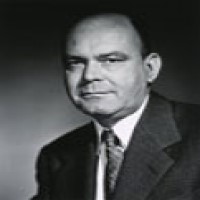
In 1942, Willard H. Wright, Eloise Cram, Walter Newton and their colleagues in the NIH Division of Zoologye…
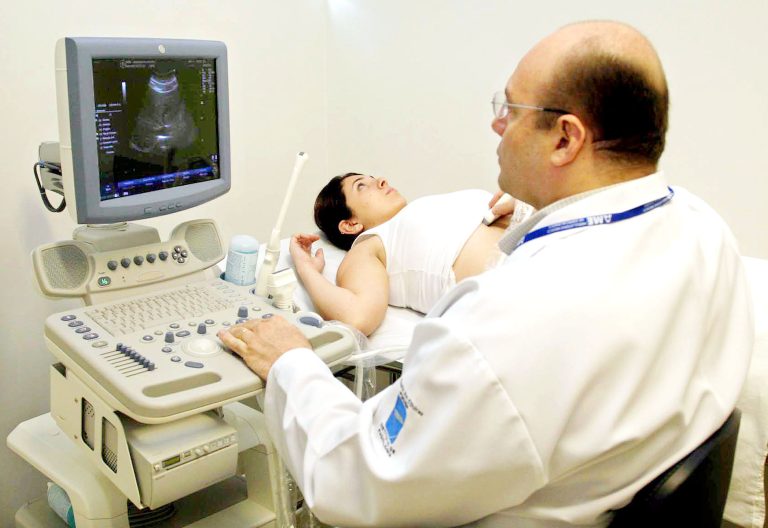
In 1942, Austrian physiatrist Karl Theodore Dussik published a paper on the medical application of ultrasonics in his…
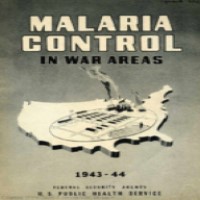
In 1942, the Malaria Control in War Areas (MCWA) agency was established in Atlanta, Georgia, now known as…
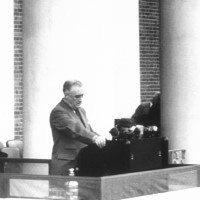
In 1942, President Franklin Roosevelt publicly denounced germ warfare as an inhumane form of warfare. Privately, he approved…
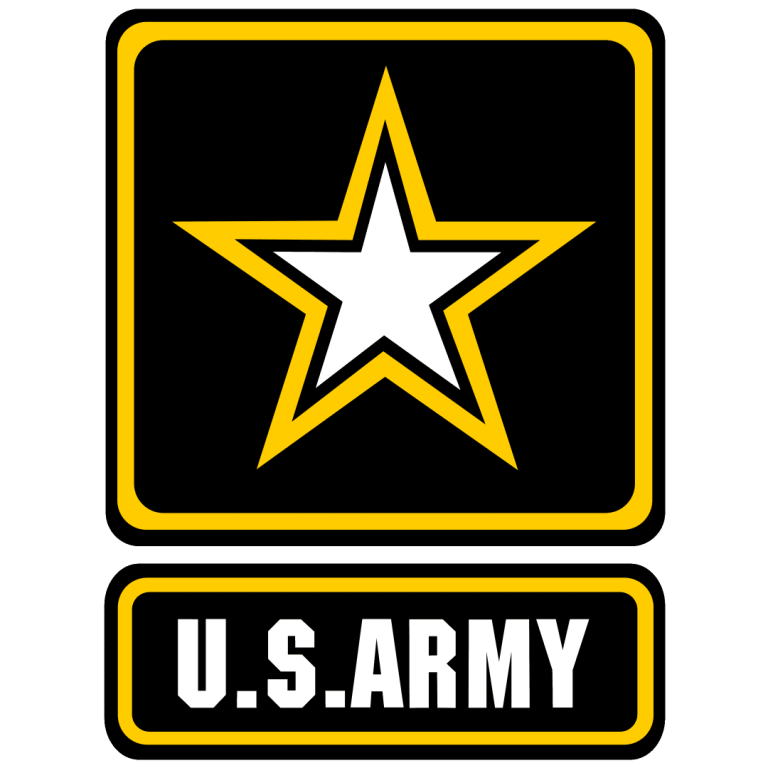
In 1942, influenza A/B vaccine was introduced to the Armed Forces Epidemiological Board. The vaccine was effective against…
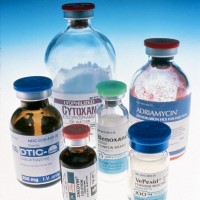
In 1942, the first intravenous chemotherapy treatment of a cancer patient was performed at Yale.

In 1942, Yale cancer research began when the first use of a cancer drug was administered to a…
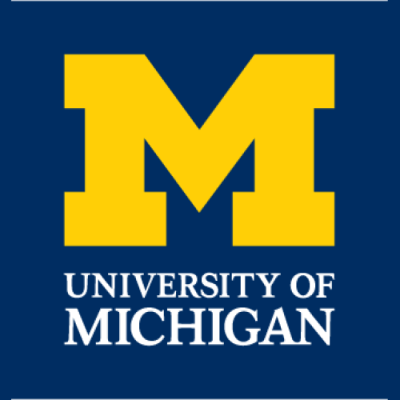
In 1942, Dr. Jonas Salk arrived at the University of Michigan School of Public Health. Techniques earned there…
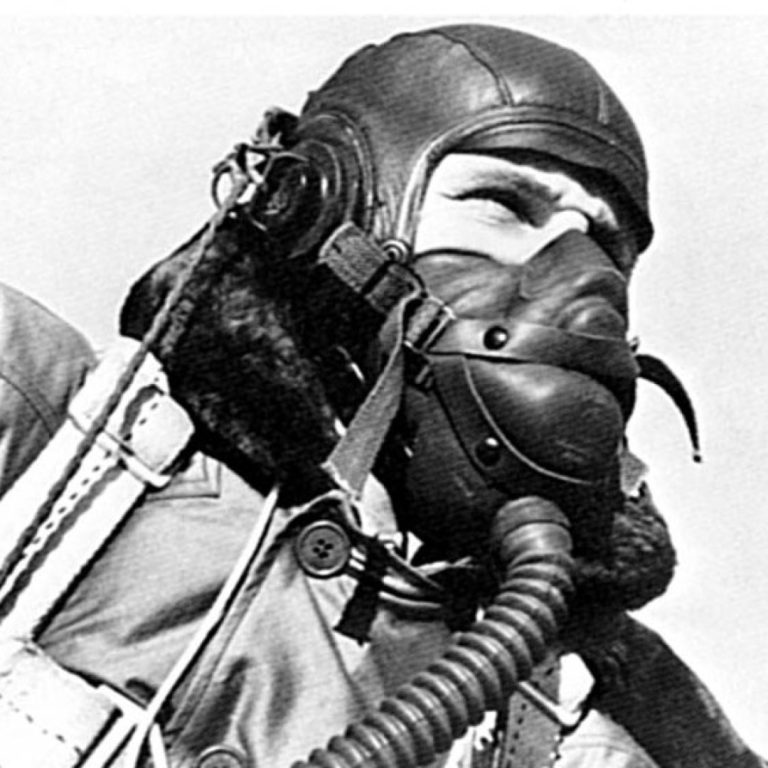
In 1942, the U.S. government with the military secretly tasked a small group of Mayo Clinic physicians and…
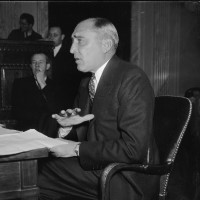
In 1942, The Hormel Institute was founded by Jay C. Hormel in Austin to research and find a…
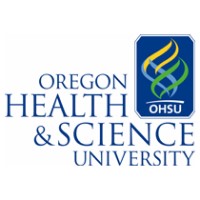
In 1942, the Medical Research Foundation (MRF) was founded by a group of Portland area businessmen and physicians…
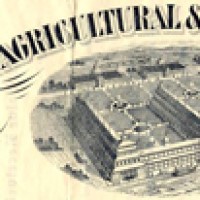
In 1942, The Medical College of Virginia organized a medical unit to serve during the war from 1942-45….
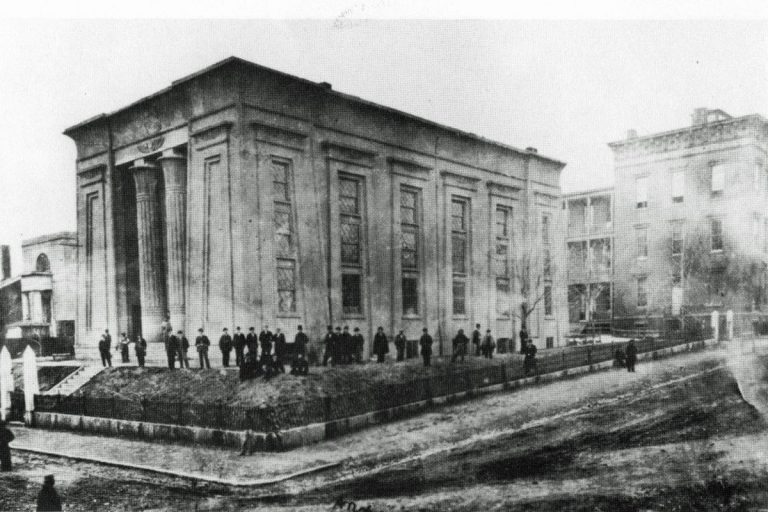
In 1942, the Virginia Agricultural and Mechanical College’s first Ph.D. was awarded to Nathan Sugarman in chemistry. In…
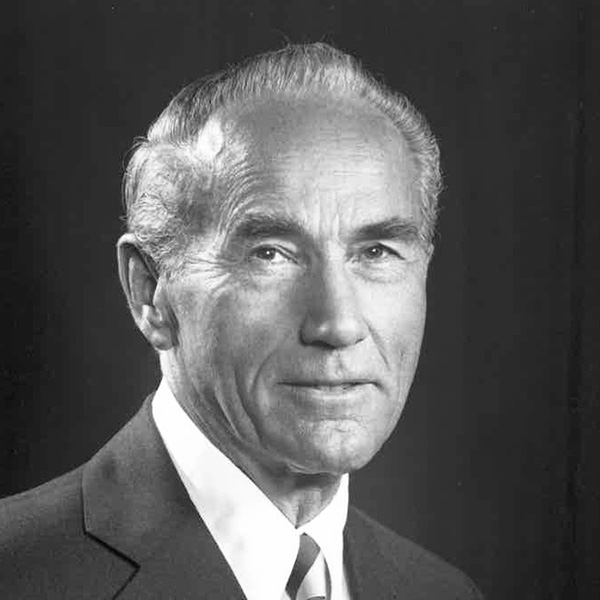
In 1942, Dr. William Hutchinson began a 47 year career in Seattle, Washington when he joined the Swedish…
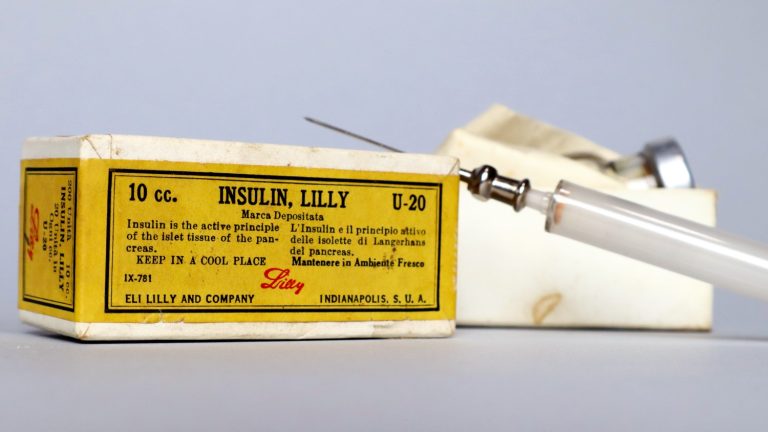
On Dec. 22, 1941, the Insulin Amendment was passed by the U.S. Congress requiring the U.S. Food and…
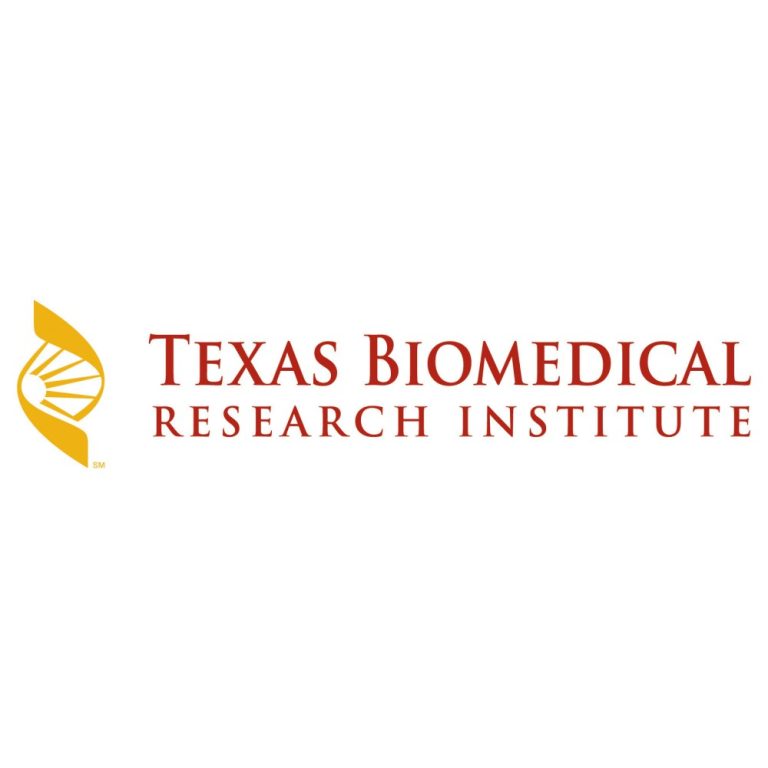
On Dec. 16, 1941, the Texas Biomedical Research Institute began as the scientific dream of its founder, Thomas…
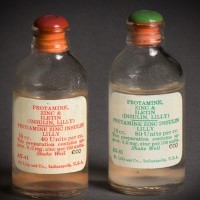
On Dec. 1, 1941, in response to the emergency need for insulin standards, the USP formed an Insulin…

On Oct. 11, 1941, the first wheels of Maytag Blue Cheese were formed when production of the cheese…
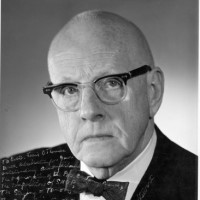
On Aug. 1, 1941, Harold L. Stewart and Egon Lorenz published an article in the Journal of the…
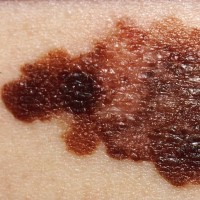
On Aug. 1, 1941, Floyd C. Turner published “Sarcomas at Sites of Subcutaneously Implanted Bakelite Disks in Rats”…
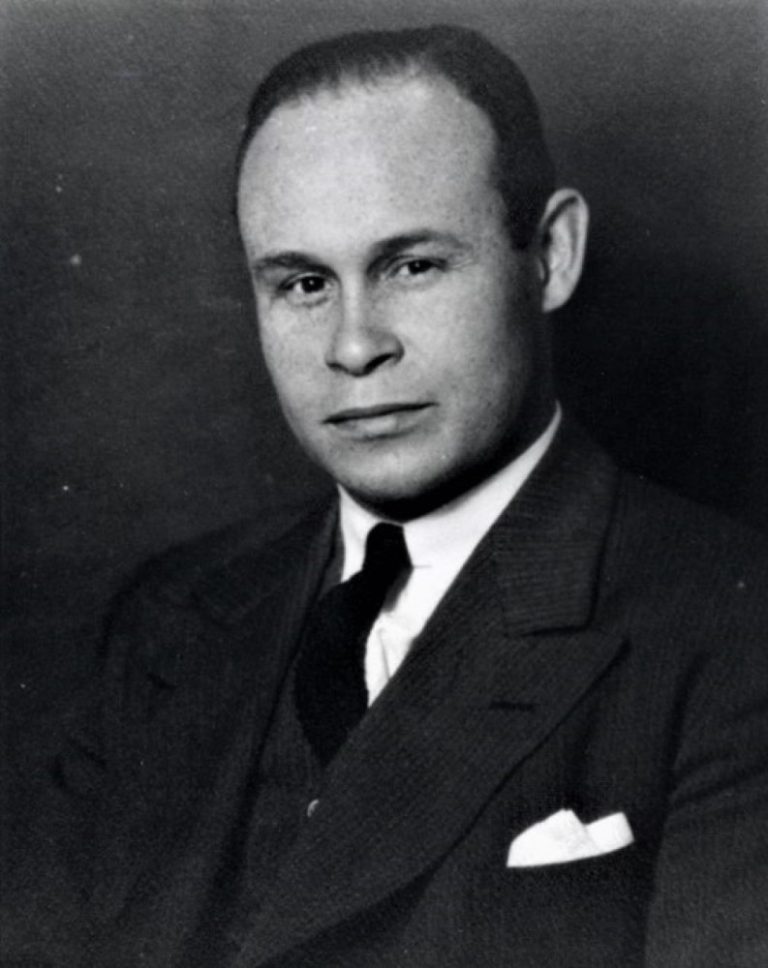
On Feb. 4, 1941, the Red Cross began a National Blood Donor Service to collect blood for the…
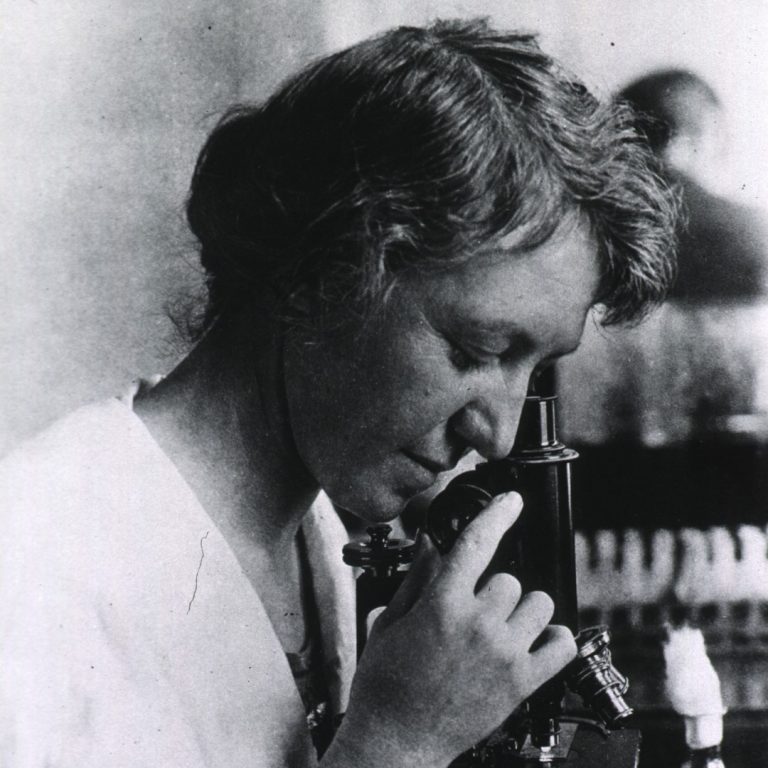
In January 1941, Ida A. Bengtson and Norman Topping published “Complement-Fixation in Rickettsial Diseases” in the American Journal…
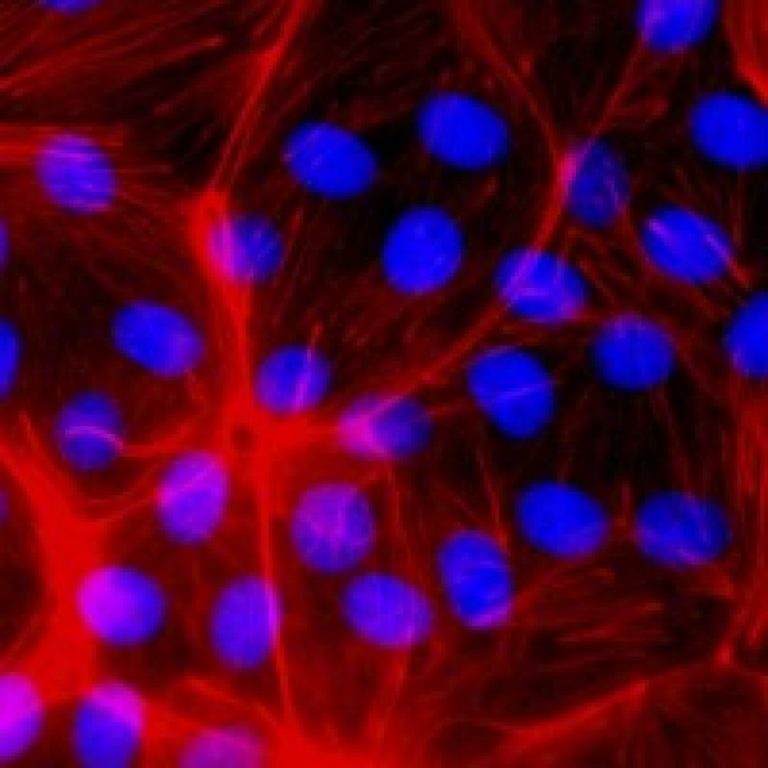
In 1941, Danish microbiologist A. Jost coined the term genetic engineering in a lecture on sexual reproduction in…
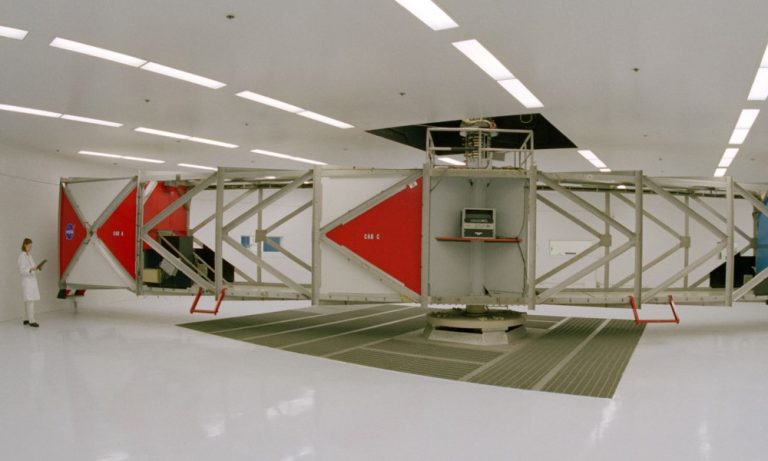
In 1941, Dr. Edward J. Baldes at the Mayo Clinic constructs a human centrifuge to simulate blackout, a…

In 1941, Washington University ヨ St. Louis received the first cyclotron installed at a U.S. academic medical center.
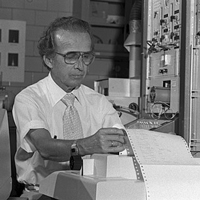
In 1941, Velmer A. Fassel, an American chemist who developed the inductively coupled plasma, received a B.A. degree…
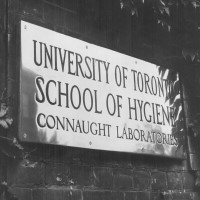
In 1941, Connaught Laboratories at the University of Toronto developed the first combined vaccines for diphtheria, pertussis, and…
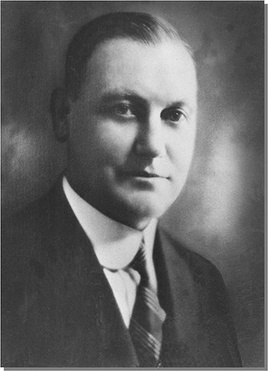
In 1941, Texas State Cancer Hospital, now known as the University of Texas MD Anderson Cancer Center, was…